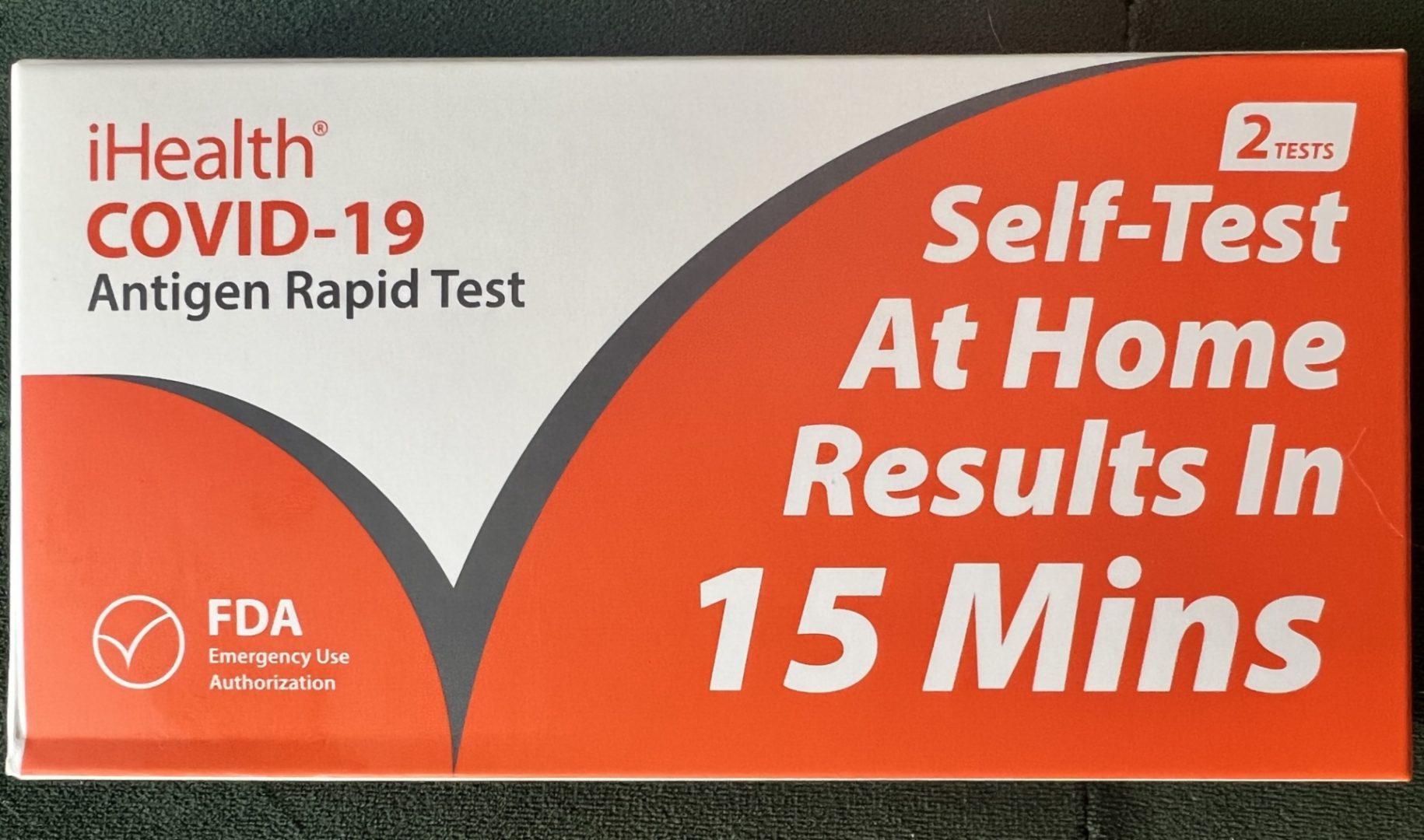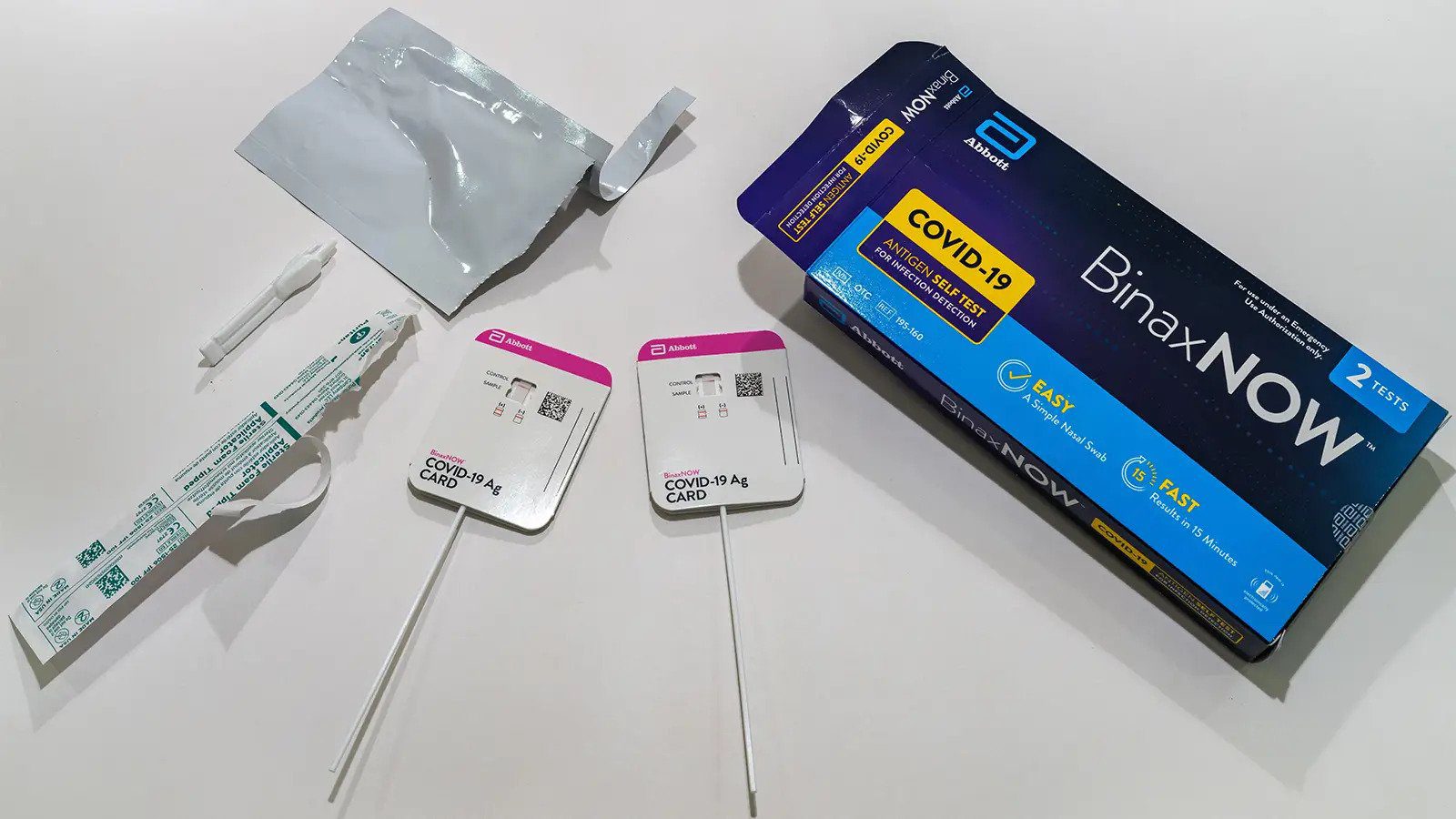 View Winners →
View Winners → 
Los Angeles is on the cusp of re-integrating mask mandates for the city. The current strain of COVID-19 has pushed hospitalizations to a daily average of 1,329. With the recent trajectory of COVID numbers, it seems likely that indoor masking will return.
That may not be the case as the hospitalization rate has changed in the past week, potentially quelling the need for a mask mandate.
The pandemic has persisted for two years. Since 2020, the world has gone through many peaks and valleys with the virus. Social distancing, testing and mask mandates became part of the norm for a while. While social distancing and mask mandates have since been removed, testing has since become part of everyday life.
At the beginning of the pandemic, testing stations were the main method of knowing if you had COVID or not. But with a growing desire to return to some form of normalcy came the eventual creation of at-home testing.
This has been a blessing for the fight against the virus, being that they are convenient for people who have no desire to leave their homes. The ability to test for the virus without having to wait several days is a boon for everyone. However, the reliability of the tests has been continually examined, especially when compared to the widely used PCR test.
Rapid COVID Testing

PCR (polymerase chain reaction) testing looks for genetic material of COVID-19 in the provided sample. More often than not, the results of the test are accurate for detecting if someone is infected. The downside, however, is that the process can take longer than at-home tests. Sometimes tests can arrive the next day or several days later.
The obvious benefit of using an at-home test is that your results can arrive in less than 30 minutes. The method usually involves using the provided swab and liquid solution for the testing process. Where such tests falter is in how often they may give someone a false positive or negative result.
At-home tests look for viral proteins as opposed to genetic material, which makes it trickier for exact testing. The window for full infection is fluid, with individuals showing symptoms in either a couple of days or a whole week. Many studies have shown that while they are adept at detecting infection, rapid tests require an exact viral load to be 100% accurate.
The FDA shared the reality of rapid tests by explaining the preliminary tests conducted on them. At-home tests were less sensitive and incapable of detecting the virus sooner in the infection cycle. They do detect Omicron infections, but they won’t detect them early if someone were to test the day after they were exposed to the virus.
An experiment performed on a group of Stanford University athletes sought to assess the accuracy of BinaxNOW rapid tests. What the experiment found was that it was able to catch 63% of positive cases of the Omicron-variant. Further details of the results — which were published by JANM — showed that the tests worked better in symptomatic cases.
Despite the drawbacks, rapid tests still have a role to play in protecting people in the midst of this current wave of infections.
Should you take a COVID test at home?
While rapid tests do have a degree of uncertainty, they are still useful for anyone who wants to test quickly. In an essay shared with Scientific American, doctors Nathaniel Hafer and Apurv Soni shared their findings on rapid tests:
“…two tests taken 24 to 36 hours apart – is critical with rapid tests…if a person had an infection that was detected by a PCR test for at least two days in a row, one or two of the over-the-counter tests taken over the same time also detected the infection more than 80% of the time.”
Despite the PCR test’s accuracy, the convenience and ease of rapid at-home testing is still useful for those that may be unable to leave their homes. Many at-home test kits come with two tests for use, so testing sequentially is very possible.
Take your tests seriously
So long as tests are administered properly and with the utmost care, they can assist with detecting an infection. Emily Volk, chief medical officer at Baptist Health Floyd, gave some advice to patients in an article on the AMA (American Medicinal Association) website.
She encourages administering the test seriously, with no distractions, so as to not test incorrectly. “When you’re doing a COVID-19 test at home, make sure you are actually reading the instructions, paying full attention, taking away any distractions…give this your full attention,” were her words in the article.
In addition to encouraging care with at-home testing, she also made sure to remind readers of vigilance when interpreting the results. “But remember, a false negative test is far less common than a true negative test. And a false positive test is far less common than a true positive test,” she warned on the matter.
Hospitalizations in Los Angeles have dropped to a daily average of 1,200 in the past week. This may have stopped the implementation of indoor mask mandates, but it isn’t certain. So, testing in any capacity is still useful to stay vigilant in the midst of this current wave of infections.
For anyone needing a piece of mind or exercising precaution before going to a crowded event, at-home tests are still worthwhile in the struggle against the pandemic.
For information on at-home testing programs in Los Angeles, click here.
You can reach Eloin Barahona-Garcia at eloin@beaconmedianews.com.








































































































